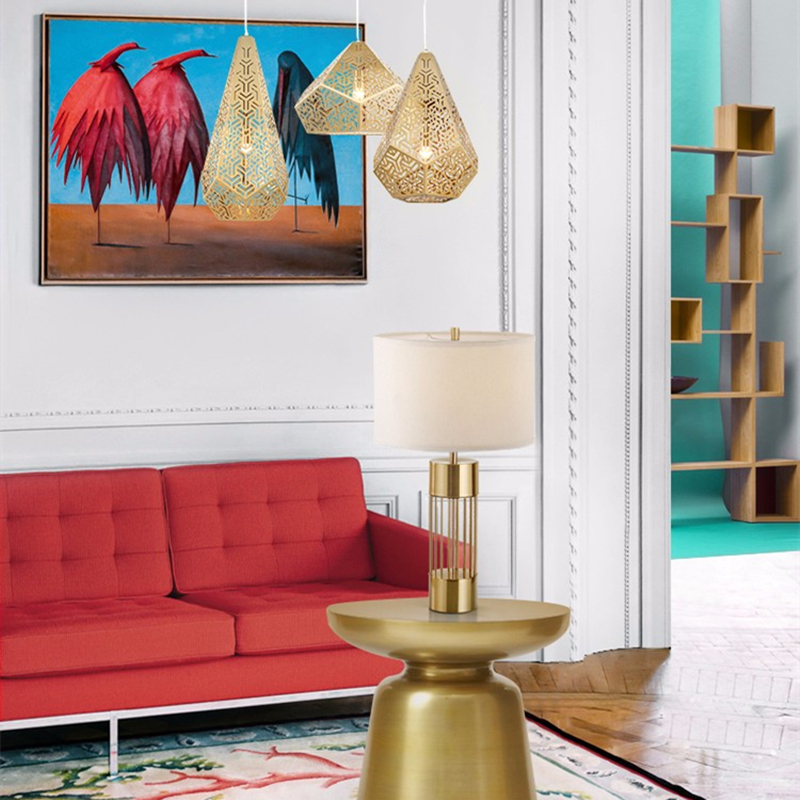Table lamps generally refer to electric lamps with bases that are placed on the table. However, with the advancement of technology, the appearance and shape of table lamps are also constantly developing, and gradually there are magnetic table lamps that can be attached to any position. It is compact, delicate and easy to carry.
The function of the table lamp is mainly lighting, which is convenient for reading, studying, working, etc. The table lamp has far surpassed its own value, and has even become a work of art.
The light sources of table lamps include incandescent lamps, halogen lamps, fluorescent lamps, LEDs, etc. Different light sources have different characteristics and advantages and disadvantages. There are also many types of table lamp shapes, colors, materials, etc., which can be selected according to personal preferences and home style.



Blue light refers to light with a wavelength between 400-500nm in the spectrum, too much blue light can cause damage to the eyes. Different types of table lamps have different blue light content. Generally speaking, incandescent lamps and halogen lamps have a lower proportion of blue light, and fluorescent lamps and LED lamps have a higher proportion of blue light. You can choose table lamps with high color rendering (Ra>90) or low color temperature (3000-4500K) to reduce blue light.
Strobe refers to the periodic change of the brightness of the light source over time, and high-frequency flicker can cause visual fatigue and dizziness. Incandescent lamps and halogen lamps emit light due to heat, and the stroboscopic effect is relatively light. Fluorescent lamps will produce obvious stroboscopic flicker due to the influence of the 50Hz frequency of the mains. Due to the influence of power drive, LED will also produce a certain degree of strobe. You can choose a high-quality power driver or use an eye protection luminosity pen to detect the strobe water of the table lamp.
Different brands and models of table lamps may have different adjustment methods, which are generally operated through the touchpad or mobile APP.
The table lamp should be placed on the left front to avoid blocking the light with the right hand. The brightness and color temperature of the table lamp should be adjusted according to the ambient light and personal habits, so that the illumination on the book or table can reach the national standard (300-500Lux). The table lamp should avoid direct sunlight or reflected glare, so that the contrast between light and shade in the field of vision is moderate.
A table lamp is a household appliance that produces certain electromagnetic radiation, but the intensity and harm of this radiation are very low and will not cause harm to the human body. The radiation value of the table lamp will decrease with the increase of the distance, so as long as you keep a reasonable distance of use (more than 15 cm), you don’t have to worry about the radiation problem. Compared with sunlight, mobile phones, microwave ovens, etc., the radiation of table lamps is negligible.
Pay attention to the core indicators of table lamps, such as illuminance, uniformity, color rendering index, color temperature, glare, strobe and blue light. These indicators will affect the light effect and eye protection of the table lamp.
©2022 George Light. All Rights Reserved.